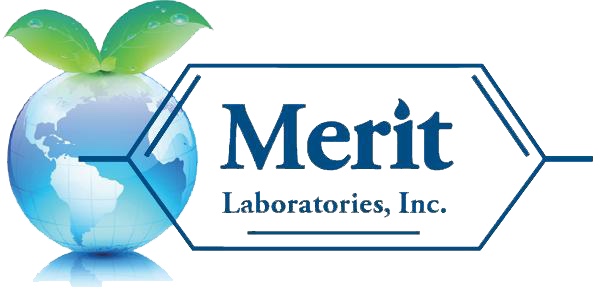A recent update from the Environmental Working Group (EWG) estimates that the number of manufacturers and users of PFAS in the United States has increased more than 12 times the previous estimate. The industrial sites are suspected of releasing PFAS into the environment, including drinking water sources.
In a review of current data released by the Environmental Protection Agency, nearly 30,000 industrial sites were found to be known or suspected users of toxic PFAS: including:
4,700 using PFAS for electroplating and polishing
3,000 petroleum stations and terminals
2,300 chemical manufacturers
2,200 metal product manufacturers
2,100 commercial printing facilities
1,800 plastics and resin manufacturing sites
1,500 paint and coating manufacturers
1,200 semiconductor manufacturers
1,000 electric component manufacturers
EWG released an updated map of previously identified facilities that reported industrial discharge to the EPA’s Toxic Release Inventory (TRI). The updated map includes an expanded list of EPA-identified industries suspected of using PFAS, and also includes facilities that were not previously identified as releasing industrial waste.
The PFAS Action Act of 2021 would accelerate EPA efforts to set standards for PFAS releases for nine key industry categories, including manufacturers of paint, paper, plastics, electrical components, textiles and chemicals as well as petroleum stations, metal finishing and electroplating companies.
The EPA announced changes in April 2021 in policy to new PFAS before it can enter the market as a means to focus on PFAS pollution and protect human health and the environment. Previously, some new PFAS were allowed to enter the market through low volume exemptions (LVEs). EPA’s New Chemicals Program is implementing a recent strategy for reviewing and managing LVE requests for PFAS to protect people and the environment from the potentially harmful effects of these chemicals.
A few states are taking a lead role in the identification, control, and regulation of PFAS. Michigan, as an example, has started to address PFAS releases by manufacturers. In addition, Michigan formally adopted a strict set of requirements regulating PFAS in drinking water that went into effect in August 2020 wit the adoption of the new maximum contaminant levels (MCLs). The establishment of enforceable MCLs for PFAS compounds require compliance with the Safe Drinking Water Act (SDWA). The PFAS drinking water MCLs also replace the current groundwater cleanup standard of 70 ppt for PFOA and PFOS.
Merit Laboratories is a leading national PFAS environmental laboratory, analyzing drinking water, soil, wastewater, groundwater, and other sample matrices, including biosolids and sludge. Analytical methods performed by Merit for PFAS include drinking water by EPA 533, EPA 537.1, and EPA 537 rev. 1.1, biosolids by ASTM D7968-17 with Isotopic Dilution, and soil, wastewater, groundwater, and surface water by ASTM D7979-19 with Isotopic Dilution and ASTM D7968-17.

